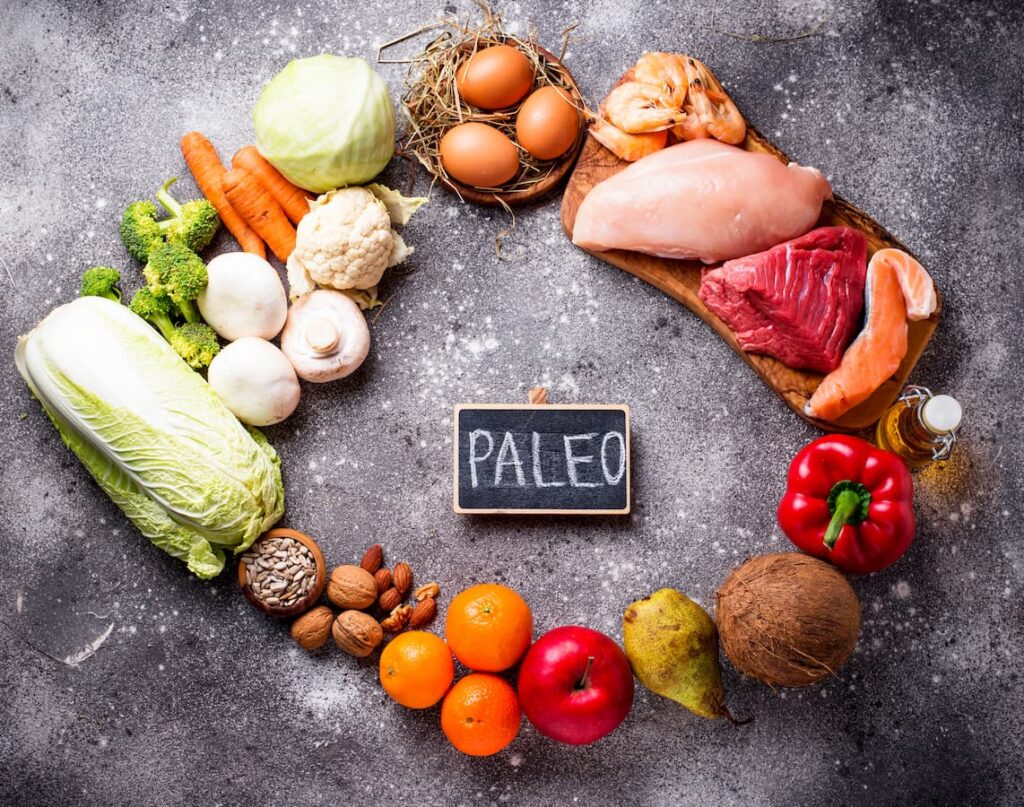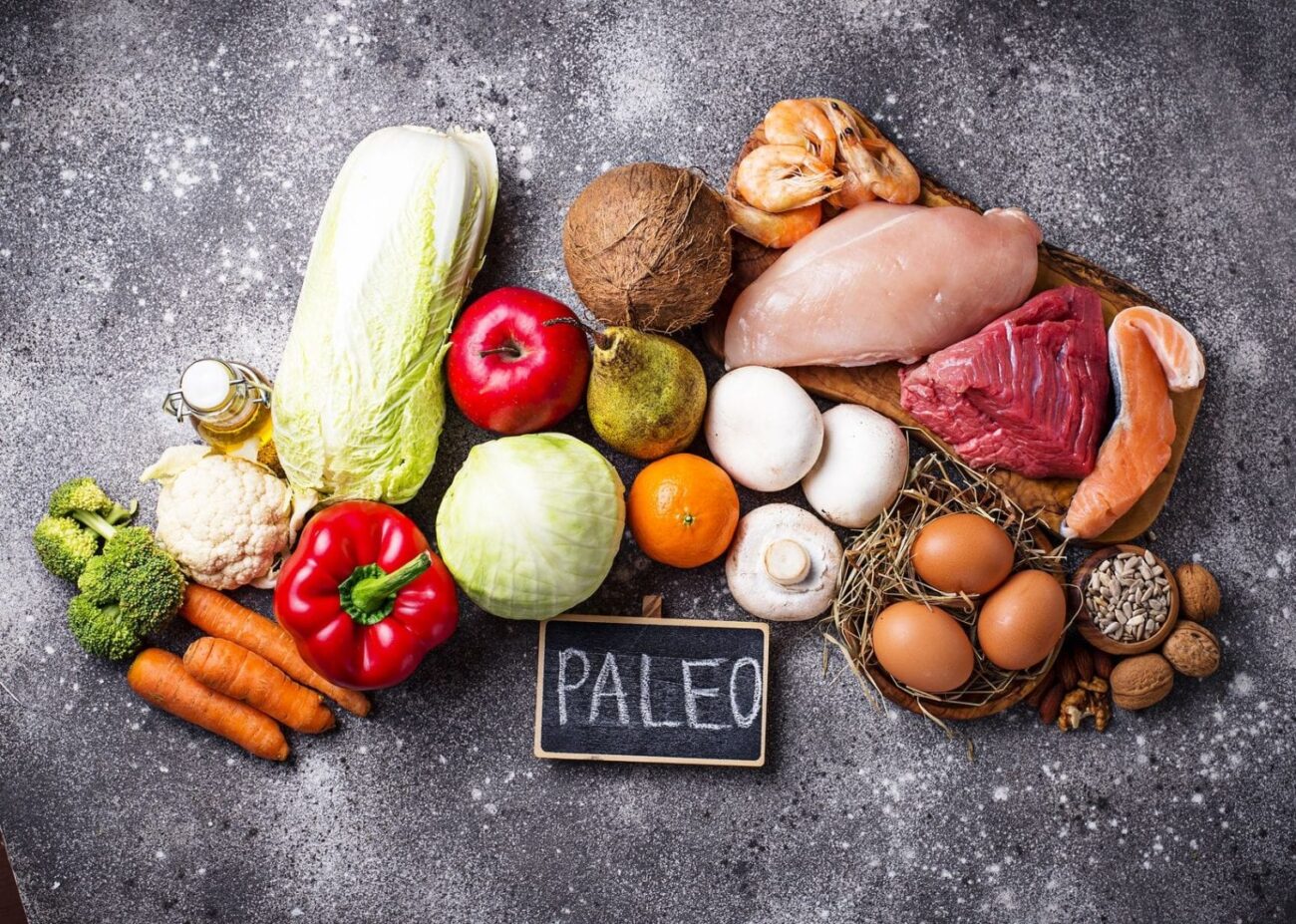In a world filled with processed foods, fad diets, and conflicting nutrition advice, the Paleo diet stands out as a back-to-basics approach to eating. Inspired by the dietary habits of our Paleolithic ancestors, this diet emphasizes whole, unprocessed foods that our bodies are genetically adapted to thrive on. Whether you’re looking to lose weight, improve your health, or simply eat more mindfully, the Paleo diet offers a simple yet effective framework. In this blog post, we’ll explore the rules, recommendations, and benefits of the Paleo diet to help you decide if it’s the right choice for you.
What is the Paleo Diet?
The Paleo diet, short for Paleolithic diet, is based on the idea of eating like our hunter-gatherer ancestors did thousands of years ago. The premise is simple: if a food wasn’t available to early humans, it’s not part of the diet. This means focusing on whole, nutrient-dense foods like meat, fish, vegetables, fruits, nuts, and seeds, while avoiding processed foods, grains, dairy, and legumes.
The Paleo diet is not just about weight loss—it’s about optimizing health, reducing inflammation, and preventing chronic diseases. By eliminating modern processed foods and focusing on natural, whole foods, the Paleo diet aims to align our eating habits with our genetic makeup.
The Rules of the Paleo Diet
The Paleo diet is straightforward, but it does come with some clear guidelines. Here’s what you need to know:
What to Eat:
- Meat and Poultry: Grass-fed beef, free-range chicken, turkey, pork, and other lean meats.
- Fish and Seafood: Wild-caught fish like salmon, mackerel, and sardines, rich in omega-3 fatty acids.
- Eggs: Preferably free-range or pasture-raised.
- Vegetables: All non-starchy vegetables, such as broccoli, spinach, kale, carrots, and peppers.
- Fruits: Berries, apples, oranges, and other fruits in moderation (due to their natural sugar content).
- Nuts and Seeds: Almonds, walnuts, sunflower seeds, and chia seeds (in moderation).
- Healthy Fats: Olive oil, avocado oil, coconut oil, and animal fats like lard or tallow.
- Herbs and Spices: All natural herbs and spices for flavor.
What to Avoid:
- Grains: Wheat, rice, oats, barley, and other grains.
- Legumes: Beans, lentils, peanuts, and soy products.
- Dairy: Milk, cheese, yogurt, and butter (some versions of Paleo allow grass-fed butter or ghee).
- Processed Foods: Anything packaged or containing artificial ingredients.
- Refined Sugar: Candy, soda, and other sugary treats.
- Vegetable Oils: Soybean oil, canola oil, and other refined oils.
- Alcohol: Most alcoholic beverages are off-limits, though some people allow occasional red wine.
Benefits of the Paleo Diet
The Paleo diet has gained popularity for its potential health benefits, which include:
- Weight Loss: By cutting out processed foods and focusing on whole, nutrient-dense options, many people find it easier to lose weight on the Paleo diet.
- Improved Digestion: Eliminating grains and legumes can reduce bloating and improve gut health for some individuals.
- Reduced Inflammation: The diet’s emphasis on anti-inflammatory foods like vegetables, fish, and healthy fats can help reduce chronic inflammation.
- Better Blood Sugar Control: By avoiding refined sugars and processed carbs, the Paleo diet can help stabilize blood sugar levels.
- Enhanced Energy Levels: Whole foods provide sustained energy without the crashes associated with processed foods.
- Improved Heart Health: The diet’s focus on lean proteins, healthy fats, and fiber-rich vegetables supports cardiovascular health.
Paleo Diet Recommendations
If you’re new to the Paleo diet, here are some tips to help you get started:
- Start Gradually: Transitioning to the Paleo diet doesn’t have to happen overnight. Begin by eliminating processed foods and gradually cutting out grains, dairy, and legumes.
- Plan Your Meals: Focus on simple, whole-food meals like grilled chicken with roasted vegetables or a salad topped with avocado and nuts.
- Stock Your Pantry: Fill your kitchen with Paleo-friendly staples like coconut oil, almond flour, and canned salmon.
- Experiment with Recipes: The Paleo diet doesn’t have to be boring. Try new recipes like cauliflower rice, zucchini noodles, or Paleo-friendly desserts made with almond flour and honey.
- Listen to Your Body: Everyone’s nutritional needs are different. Pay attention to how your body responds and adjust the diet as needed.
Sample Paleo Meal Plan
Here’s a simple one-day meal plan to give you an idea of what eating Paleo looks like:
- Breakfast: Scrambled eggs with spinach, avocado, and a side of fresh berries.
- Lunch: Grilled chicken salad with mixed greens, cherry tomatoes, cucumbers, and olive oil dressing.
- Snack: A handful of almonds and an apple.
- Dinner: Baked salmon with roasted sweet potatoes and steamed broccoli.
- Dessert: Dark chocolate (at least 70% cocoa) or a small serving of fresh fruit.
Is the Paleo Diet Right for You?
The Paleo diet is a great option for those looking to improve their health, lose weight, or simply eat more whole foods. However, it may not be suitable for everyone. For example, vegetarians and vegans may find it challenging to meet their protein needs without legumes and grains. Additionally, some people may miss the convenience of certain foods like dairy or whole grains.
As with any diet, it’s important to consult a healthcare provider or nutritionist before making significant changes to your eating habits, especially if you have underlying health conditions.

The Paleo diet is more than just a trend—it’s a lifestyle that encourages mindful eating and a return to whole, natural foods. By focusing on nutrient-dense options and eliminating processed foods, the Paleo diet can help you feel healthier, more energized, and in tune with your body’s needs.
Whether you’re looking to shed a few pounds, improve your digestion, or simply eat cleaner, the Paleo diet offers a simple and effective way to achieve your goals. So, why not give it a try and see how eating like a caveman can transform your health?
Have you tried the Paleo diet?
Share your experiences, tips, and favorite recipes in the comments below!
Disclaimer: This blog post is for informational purposes only and is not intended to replace professional medical advice. Always consult a healthcare provider before starting any new diet or making significant changes to your eating habits.

